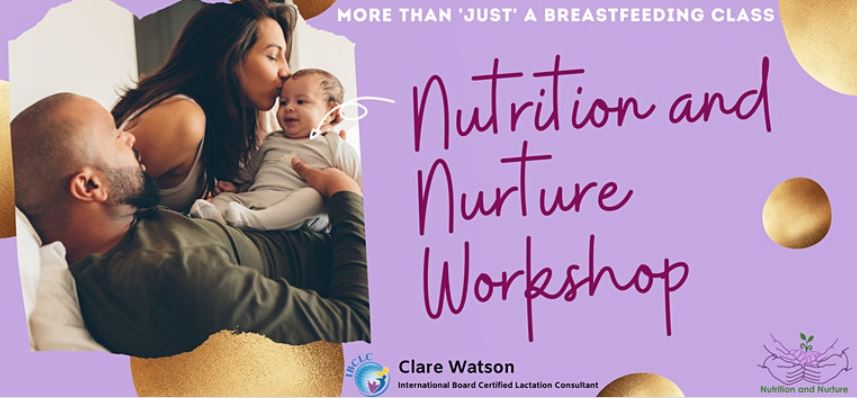Breastfeeding for beginners
Antenatal Education: Breastfeeding for beginners
I am passionate about helping women and their families have a positive birth and early parenting experience. By learning more about the body and the choices we have, I hope to empower people to follow their intuition with confidence for a positive experience for all.
In my new blog series, Antenatal Education, I will be sharing the knowledge, tips and tricks I have acquired over 15 years working with midwives, in an easy to digest format. I will address some of the burning questions many mums-to-be ask in my pregnancy and baby yoga classes.
I hope you find this series useful and if you have any questions or topics you would like me to cover, please drop me an email.
Breastfeeding for beginners
[4 minute read]
In my first post, I wanted to open up the conversation on breastfeeding for beginners. Do you put baby on the breast, or do they know how to do it? Do they suck or does milk flow? Does it hurt?
All questions that first-time pregnant women may think at some point in their pregnancy. All questions I will answer in this breastfeeding blog.
Know your breasts
It is well documented that knowledge is power – so learning how your body works helps you to understand how to breastfeed. And this starts in early pregnancy.
Your breasts begin to change from the first few weeks of pregnancy, growing about two cup sizes before birth. This is because milk production starts at around 16 weeks of pregnancy.
All breasts are different sizes, colours and shapes but they all have one thing in common – they are designed to feed your baby. Getting to know your own breasts can be a good place to start when thinking about breastfeeding your baby. Which direction your nipples point can help you decide which position to use when feeding. We will come back to this!
The size of your breasts doesn’t correspond to how much milk you will produce, breasts are mostly fatty tissue surrounding bunches of milk sacs. They are spread throughout the breast and up into the armpit, but many are clustered around 3-6cm from the base of the nipple. The cells around the milk sac constantly drip milk into the central area of the sac. The milk is released by muscle-like fibres around the sac squeezing it in response to the hormone oxytocin (we call this the let-down). The nipple has up to 20 holes, the average is about 9, that all release the milk. A good thing to remember if you ever need/want to hand express some milk – your milk will spray out in different directions!
How your milk flows
When baby is born, their natural instinct is to search for food. They can use sensors in their body to help them crawl (or nuzzle) to your breast. They will feel, wiggle and find your breast and latch themselves on. Positioning can still be important – even with baby-led. The baby can play an active role in latching well if we don’t interfere too much. It is a partnership and working with baby’s inbuilt instincts and reflexes can reduce the pressure on mothers to get it ‘right’.
The body produces an amazing hormone called oxytocin which triggers the milk to be released. For the body to release good levels of oxytocin, both mum and baby need to feel comfortable and relaxed. So find your favourite calm space, get comfortable on a sofa, chair or bed with lots of cushions and the TV remote – because yes, you guessed it, you may be there a while. Anywhere between 5 and 40 minutes is perfectly normal, depending on the latch, how alert and awake baby is and how quick they feed.
Human milk is magic, it changes through the day and night, the time of year, the temperature and to give your baby what it needs. It’s full of good bacteria for your baby to help fight off disease and viruses. The first milk is called colostrum and it’s a thick solution to help baby feed easy, as they are just getting the hang of drinking and swallowing. As your baby feeds more often the milk changes to suit their needs, becoming thinner with a quicker flow.
If you would like more information about breastfeeding, I highly recommend the searching for Cherubs Breastfeeding on Facebook and in Youtube- https://www.youtube.com/channel/UCn4Y8lxmmqRWjIbjLadcUzw
And also Nutrition and Nurture- More than breastfeeding workshop, is £15 and the next date is the 12th February. This was set up to ensure everyone gets access to enough, non-judgemental information, to get their breastfeeding journey off to a good start. https://www.eventbrite.co.uk/e/nutrition-and-nurture-more-than-breastfeeding-workshop-tickets-138776988709



